(Dan Tri) - The houses thatched with water coconut leaves in Hoi An city have gradually faded into memory. Therefore, the number of people following this profession can be "counted on the fingers".
According to the elders, the profession of building houses from water coconut leaves in Hoi An city, Quang Nam province, has existed for a long time. At that time, our ancestors took advantage of available materials to build cool houses, in harmony with nature.
Born into a family with a tradition of making bamboo and coconut-leaf houses, from a young age Mr. Tran Dinh Xe, in Cam Thanh commune, Hoi An city, followed his father to learn the trade.
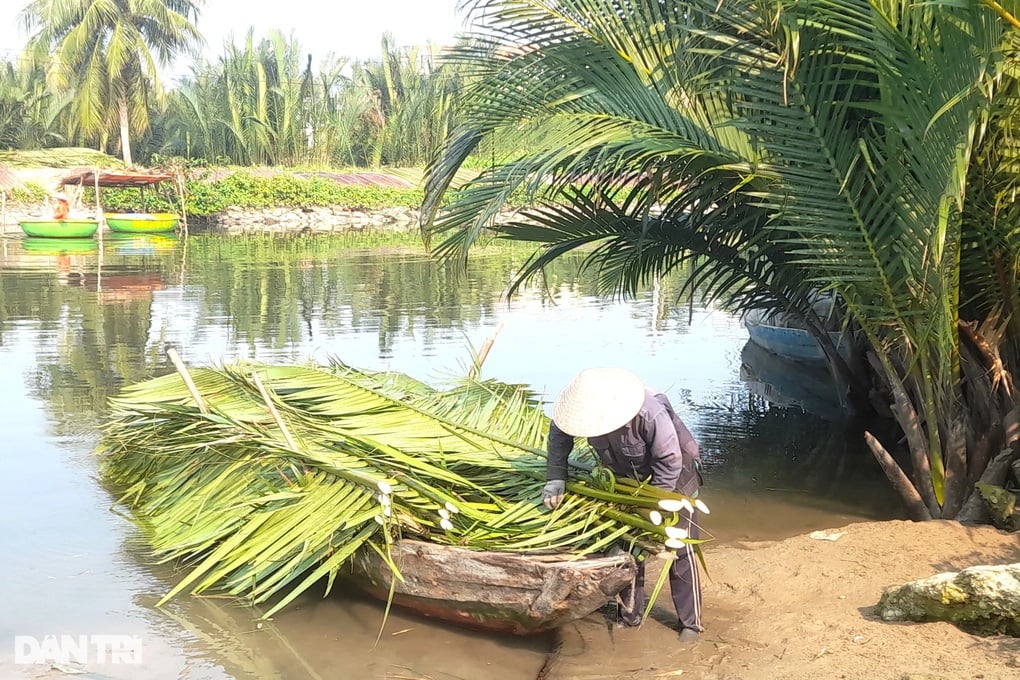
People row boats along the Bay Mau coconut forest to harvest water coconut leaves (Photo: Kim Duyen).
"Back then, every village used bamboo walls and water coconut leaf roofs. These materials were cheap, helped many people have houses, and were cool all year round. The longer I worked, the more I loved and appreciated my job," Mr. Xe shared.
Bamboo and thatched houses are not only suitable for the climate of the Central region but also contain profound cultural values. From the selection of materials to the construction of the house, everything requires the craftsman’s skill, patience and technical knowledge.
Specifically, to have a good house, the bamboo must be old and strong, the coconut leaves must be fresh, free of pests, and properly dried to avoid rotting. When weaving the walls, each leaf must be tightly bound together to withstand the rain and wind.
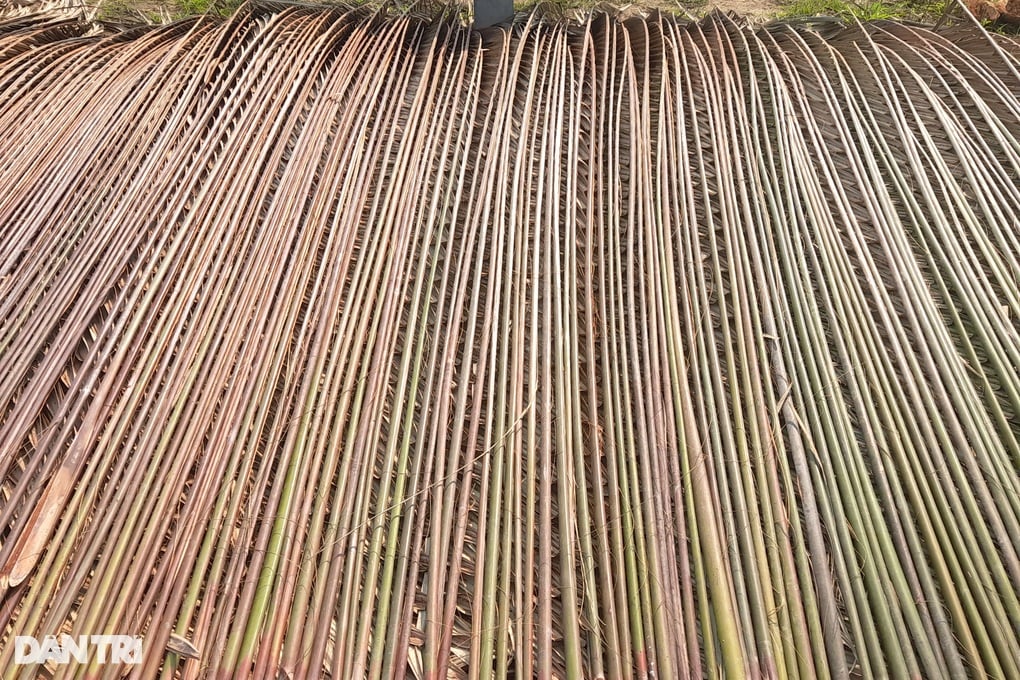
After harvesting, water coconut leaves are dried in the sun (Photo: Kim Duyen).
As bricks, tiles, cement, and steel became popular choices, this traditional craft was gradually forgotten. Bamboo and thatched houses were becoming fewer and fewer, and the number of people doing the craft also gradually decreased. If in the past, the craft village was always bustling with the sound of hammers and saws with about 15 people following the profession, now there are only a few people left.
Ms. Pham Thi Mai, in Cam Thanh commune, Hoi An city, said that this job is very hard, requiring exposure to the sun and dew. If one wants to pursue this job, one must be patient, skillful and have good health, so today's young generation is not interested in this job anymore.
In recent years, due to lack of workers and declining health, Mrs. Mai had to stop her job of weaving walls and roofing with coconut leaves.
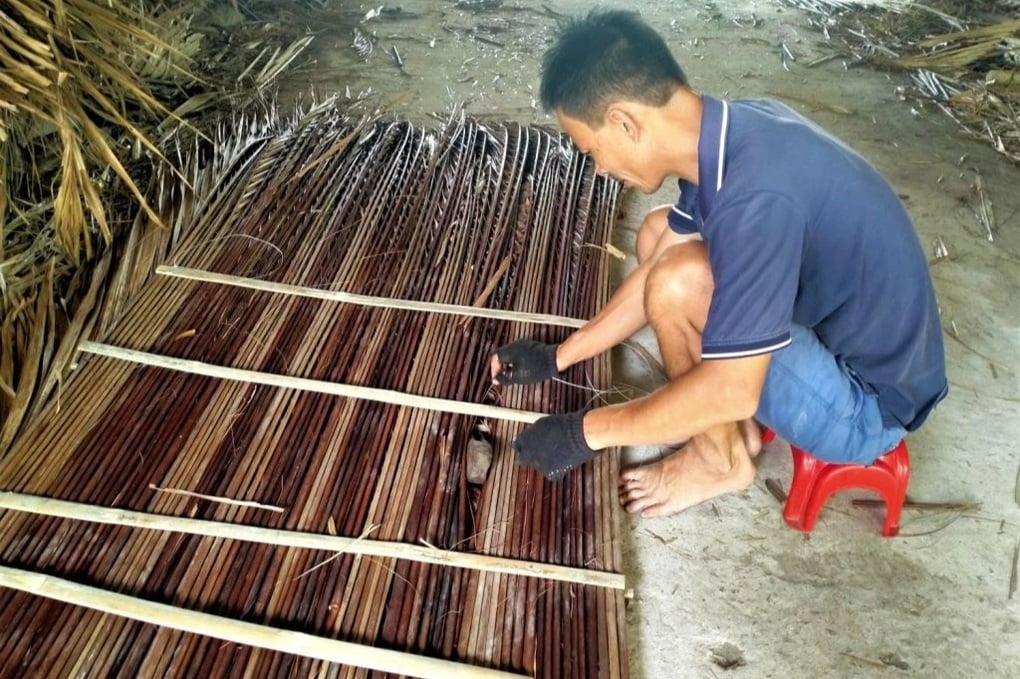
People weaving roofing sheets from water coconut leaves in Cam Thanh commune (Photo: Ngo Linh).
"I want to pass on the profession to the next generation, but my children and grandchildren say this profession is hard and difficult to make a living. I still try to keep the profession, but if there is no one to inherit it, the traditional profession will gradually disappear," Ms. Mai confided.
Bamboo houses with water coconut leaf walls not only have material value but also contain stories and memories of a bygone era. As modern houses are built to replace them, the need for coconut leaf houses is decreasing, making people like Mr. Xe and Mrs. Mai even more worried.
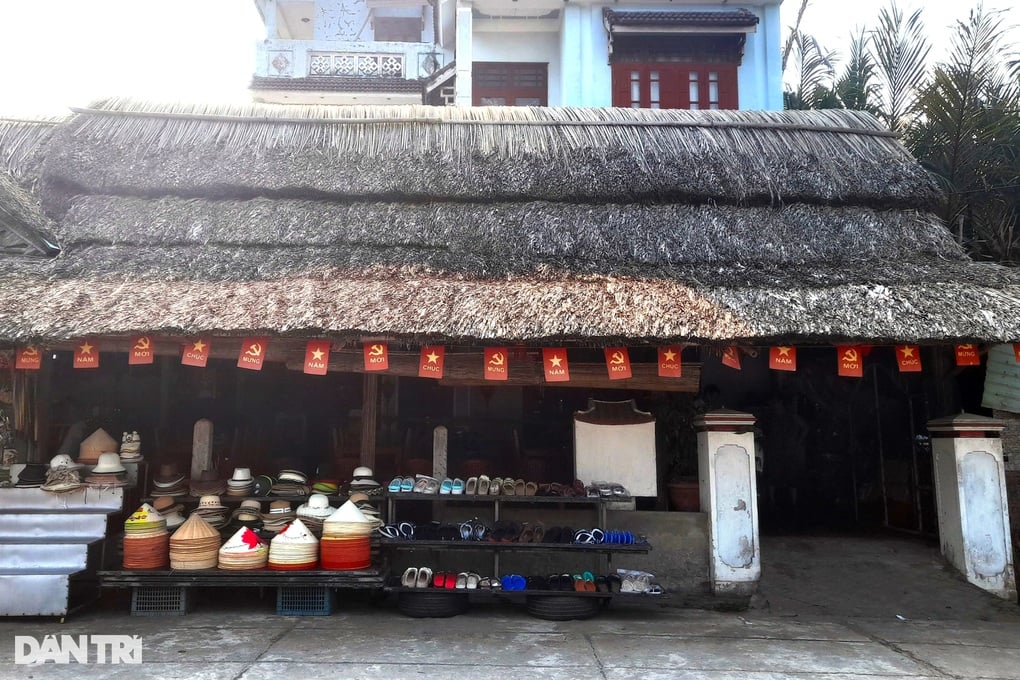
Many tourist areas and shops in Hoi An still use water coconut leaves for roofing (Photo: Kim Duyen).
In 2024, the craft of making bamboo and coconut-leaf houses in Cam Thanh will be recognized as a national intangible cultural heritage. This is not only a source of pride but also brings hope for the revival of the traditional craft.
Amidst the immense green Bay Mau coconut forest, the last workers who make houses from water coconut leaves still persevere in keeping their profession, hoping that one day, this traditional craft can develop and prosper as before.
Kim Duyen
Source: https://dantri.com.vn/lao-dong-viec-lam/nhung-nguoi-cuoi-cung-giu-hoi-tho-que-huong-bang-la-dua-nuoc-20250306115300577.htm




![[Photo] Prime Minister Pham Minh Chinh chairs the Government's online conference with localities](https://vphoto.vietnam.vn/thumb/1200x675/vietnam/resource/IMAGE/2025/10/5/264793cfb4404c63a701d235ff43e1bd)
![[Photo] Opening of the 13th Conference of the 13th Party Central Committee](https://vphoto.vietnam.vn/thumb/1200x675/vietnam/resource/IMAGE/2025/10/6/d4b269e6c4b64696af775925cb608560)



























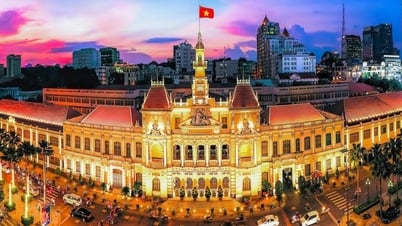





![[Photo] Prime Minister Pham Minh Chinh launched a peak emulation campaign to achieve achievements in celebration of the 14th National Party Congress](https://vphoto.vietnam.vn/thumb/1200x675/vietnam/resource/IMAGE/2025/10/5/8869ec5cdbc740f58fbf2ae73f065076)



























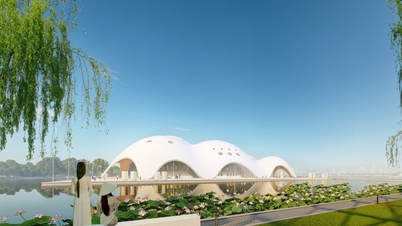


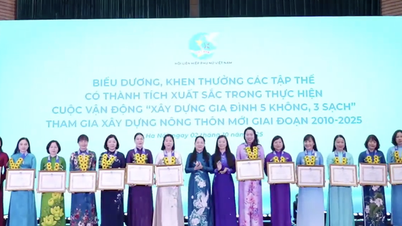






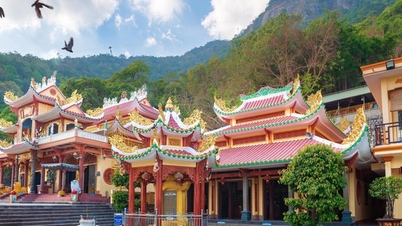






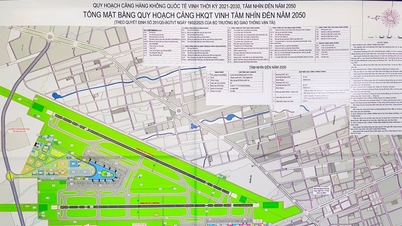

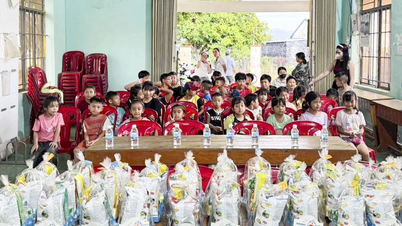















Comment (0)